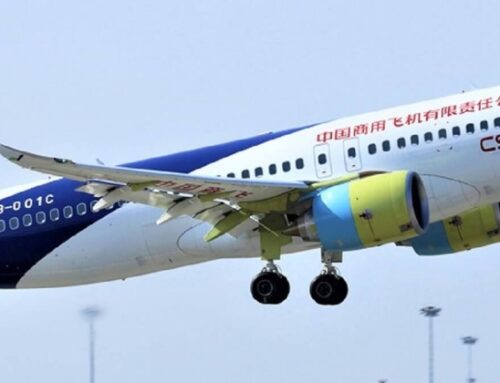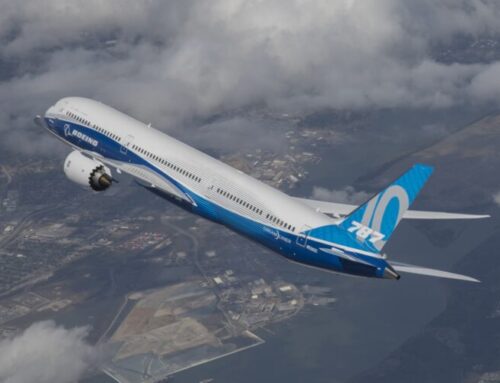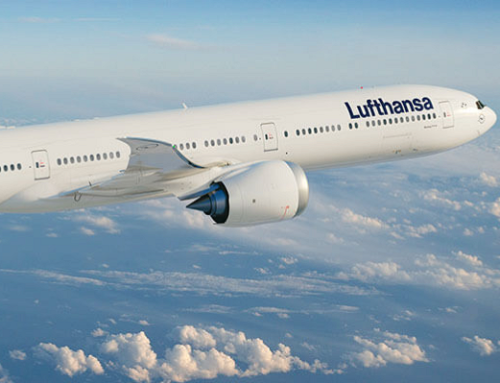
The return of supersonic travel has long been an enticing prospect, offering the allure of dramatically reduced flight times. While it’s been over half a century since Concorde introduced supersonic travel to the public, no modern commercial airliners currently exceed the speed of sound. However, the convergence of advanced materials, digital engineering, and the financial backing of billionaire entrepreneurs has reignited interest in bringing back supersonic flight.
While no new supersonic airliners have taken flight as of 2023, except for Boom’s XB-1 technology demonstrator aircraft. numerous projects have been launched to make commercial supersonic travel a reality once again. Several major airlines have even expressed intentions to add small fleets of supersonic planes to their operations.
There is, however, one more hurdle standing in the way of realizing these supersonic projects: their potential impact on the climate. As the aviation industry continues its quest to revive, the environmental impact of these faster-than-sound aircraft is a critical concern. Unlike the early days of supersonic flight, today’s industry faces stringent environmental regulations and heightened public awareness of emissions and sustainability.
The Environmental Challenge
Early supersonic jets, notably Concorde, left a significant environmental footprint due to their high fuel consumption and emissions. However, the aviation industry has made substantial advancements in environmental stewardship over the years, prioritizing efficiency and sustainability.
Supersonic Jets and Environmental Potential
While supersonic planes are not inherently environmentally friendly, many manufacturers and developers assert that they can meet modern environmental standards. They emphasize the efficiency and reduced emissions of their forthcoming supersonic jets compared to their predecessors.
Tightening Regulations and Public Awareness
The regulatory landscape has evolved considerably since the first generation of supersonic jets, with environmental regulations becoming more stringent. Public awareness of the importance of emissions reduction has also surged, pressuring the aviation industry to address its environmental impact.
Efficiency and Cost Savings
It’s worth noting that emissions are directly linked to fuel consumption. More efficient aircraft not only pollute less but are also more cost-effective to operate. This cost-efficiency has driven the significant improvements in engine efficiency seen in recent generations of aircraft.
While companies promising a resurgence of supersonic aviation assert their commitment to environmental responsibility, the ultimate judgment will come with the delivery of their aircraft. Whether these innovations can make supersonic travel both faster and more eco-friendly remains to be seen.







